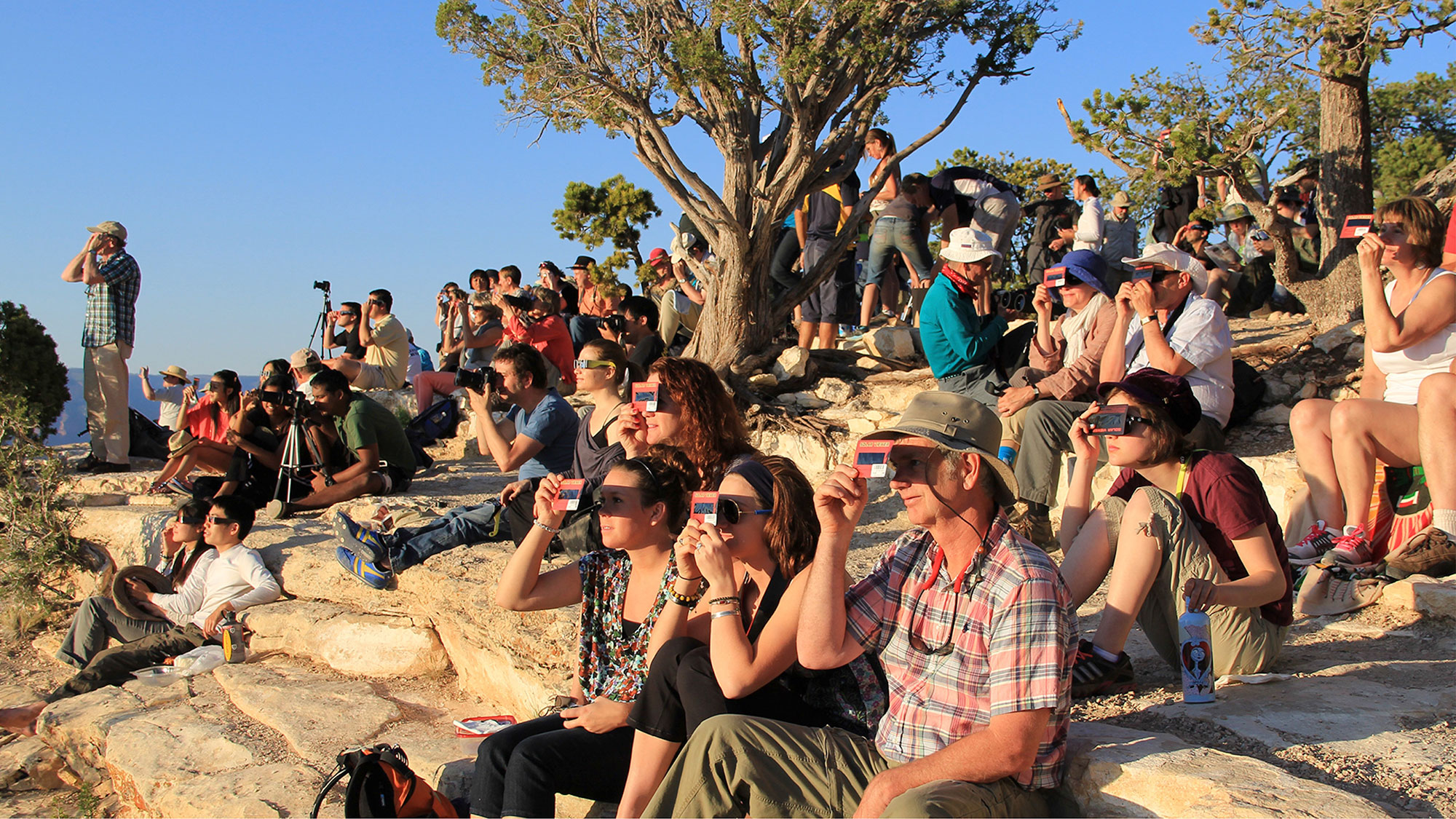Nationwide Eclipse Ballooning Project
via Forbes
Every total solar eclipse is astonishing ! This Monday, April 8, 2024, a total solar eclipse was visible from Mexico, the U.S. and Canada.
For many, preparing for this event brought memories of the magnificent total solar eclipse on Aug. 21, 2017.
The looming eclipse on April 8, 2024, allowed tens of millions of Americans, Canadians and Mexicans the opportunity to see the moon completely block the sun and reveal our star's eerie atmosphere.
A solar eclipse happens when the moon passes between the Earth and the sun, casting a shadow that blocks out the light from the sun. The sun appeared to vanish behind the moon for minutes at a time as the eclipse traveled along its "path of totality," starting on Mexico's Pacific coast and moving northeast through more than a dozen states, from Texas to Maine, and into eastern Canada.
More than 31 million people live along the path of totality, and many more flew or drove to witness the April 8 spectacle in person.
After the April 8 total solar eclipse, the next total solar eclipse that will be visible from the contiguous United States will be on Aug. 23, 2044.
Before that, there will be an annular solar eclipse on Oct. 2, 2024, according to NASA. It will be visible in parts of South America, with some parts only able to experience a partial eclipse. A partial eclipse will also be visible in parts of Antarctica, the Pacific Ocean, the Atlantic Ocean and North America.
On Aug. 12, 2026, there will be a total solar eclipse visible in parts of Greenland, Iceland, Spain, Russia and a small area of Portugal, according to NASA.
A partial eclipse will be visible in parts of Europe, Africa, North America, the Atlantic Ocean, the Arctic Ocean and the Pacific Ocean.
- Google Doodle:
"The Moon is having its day in the Sun — happy solar eclipse 2024!"
The 8 April 2024, the Moon crossed between the Sun and the Earth, effectively blocking the Sun’s light. In the path of totality, the sky was darken and the air was cool, and the Sun’s glowing corona (it’s rarely seen outermost part) became visible for up to four and a half minutes!
People in North America (Mexico, the United States, and Canada) got to witness this special and rare event! A partial eclipse or total eclipse if they were in the path of totality.
Did you saw the #GoogleDoodle? Don't be like the E and slept on this rare celestial event.
- Eye Safety:
- Resources 4 all :
To learn all about the 2024 Total Eclipse 2024 visit the website NASA Total Eclipse April, 2024 if you couldn't follow NASA’s live, streaming video of the event.
- Useful links:
- Videos:
Education:
Well! You have some special digital resources to enjoy and learning about Total Solar Eclipse.
Students and teachers have heres some resources to teach and learn about Total Solar Eclipse 2024.
- Activities:
Teachers can prepare a great science lesson, for sure!
- Don't forget to get your students involved in some research from themselves.
- The case of balloons project by NASA is very interesting. Let your students be curious about this balloons project sent by NASA. Why and for what.
- Invite students to watch the video above about a team of a half dozen students in the Department of Atmospheric and Environmental Sciences UAlbany selected to launch weather balloons as part of a nationwide project, co-sponsored by NASA and the National Science Foundation, to collect and analyze data around the Oct. 14, 2023 annular solar eclipse and the April 8, 2024 total solar eclipse.
Hoping you will enjoy if you were not on the path of th eclipse.
G-Souto
15.04.2024
Copyright © 2024G-Souto'sBlog, gsouto-digitalteacher.blogspot.com®






No comments:
Post a Comment